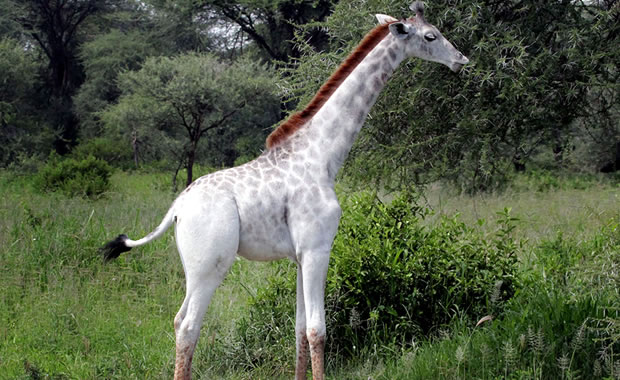
Creature Profile
The Andean bear, also known as spectacled bear, is the only species of bear that is known to live in South America. It is also the second largest mammal that lives on land in South America. This mammal is covered with a dense coat of fur which may either be black or brown in color, a characteristic from which it is named. This coat may sometimes have a wash of red. On its face are markings of white that sometimes reach the neck and chest. These patterns of white differ from one animal to the other or may even not be present at all in some other animals. The head of the Andean bear is rounded in form while the snout is comparatively short in relation to that of other bears. In females, the head is usually smaller than in males. The Andean bear has a robust body with a short neck that is thick, ears that are small and round in shape, and a muzzle that is stout. It walks on the whole parts of the soles of its hind limbs, and its hind limbs are shorter than the fore limbs which make it an excellent climber. The Andean bear weighs from 130 to 440 lbs while its length ranges from four to seven feet.
The Andean bear is omnivorous and feeds on both flesh and vegetation. It has a liking for bromeliad plants but also feeds on fruits, berries and bulbs, flowers of cacti, grasses, rodents, insects, birds and sometimes crops. Though Andean bears are good swimmers, they don't eat fish. The Andean bear is a solitary and diurnal mammal at times. It lives in scrublands, grasslands and forests located in the Andean countries extending from Bolivia all the way to Venezuela. It is arboreal, living in trees where it sleeps and feeds. The females are mature for reproduction by the age of four to seven years. Breeding occurs between April and June, and the female gives birth to one or two cubs after about 90 days. Cubs are born blind, toothless and bald.
Expansion of agricultural activities, oil exploitation, mining, illegal killing, guerrilla activities in their habitat, and changes in climate are the main threats to the Andean bear. There are around 10,000 mature Andean bears in the world. This number is declining each year. It is listed as vulnerable by the IUCN and in CITES Appendix I. It is also protected in over 50 areas where it occurs, but there is still a need to do more to stop this species from declining.
Wikipedia Article

|
Wikipedia Article Copyright Notice: This article is licensed under the GNU Free Documentation License. It uses material from the Wikipedia article "Spectacled bear". |
April 1, 2017
Glenn, C. R. 2006. "Earth's Endangered Creatures - Andean Bear Facts" (Online). Accessed 5/8/2024 at http://earthsendangered.com/profile.asp?sp=13776&ID=11.
Need more Andean Bear facts?



